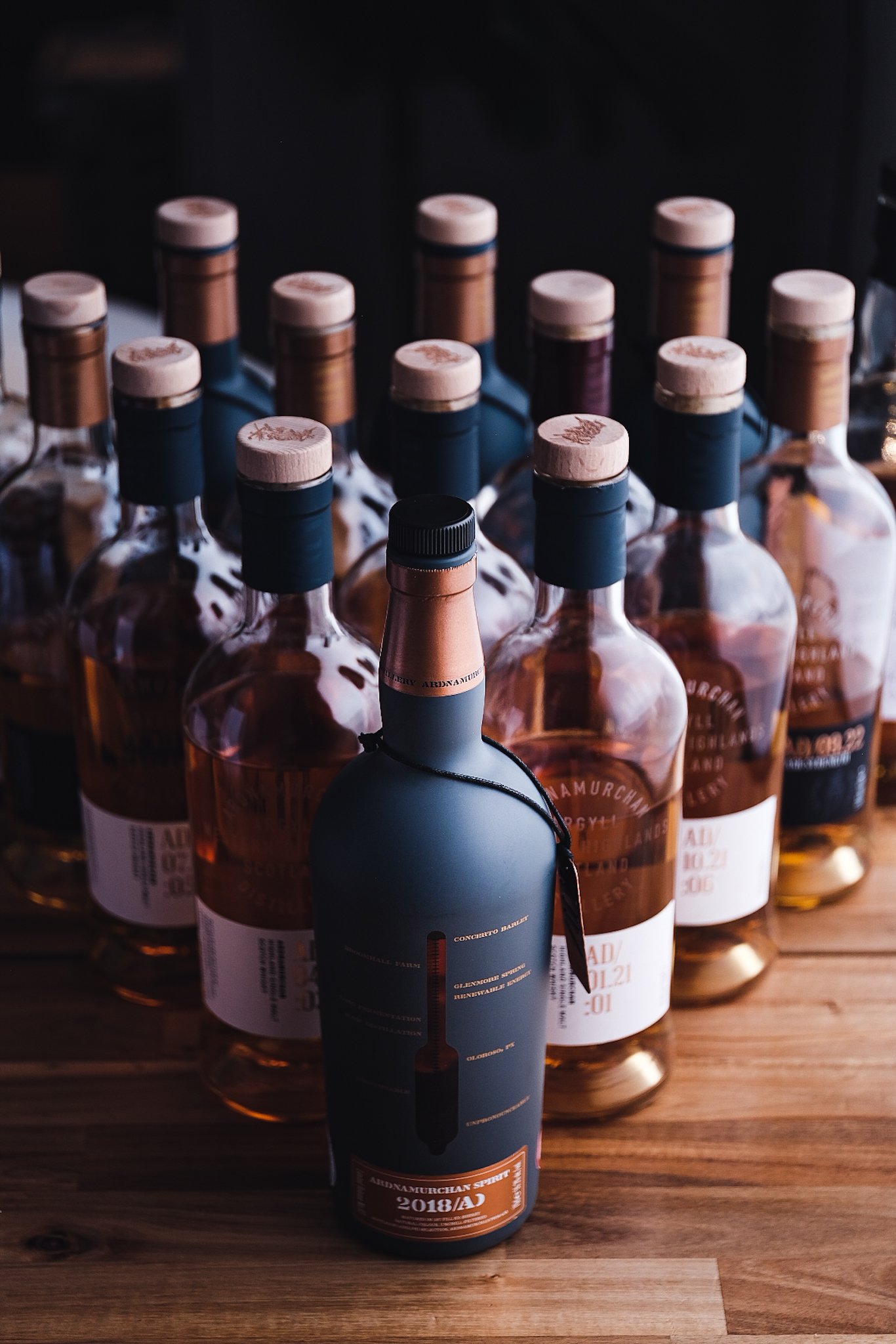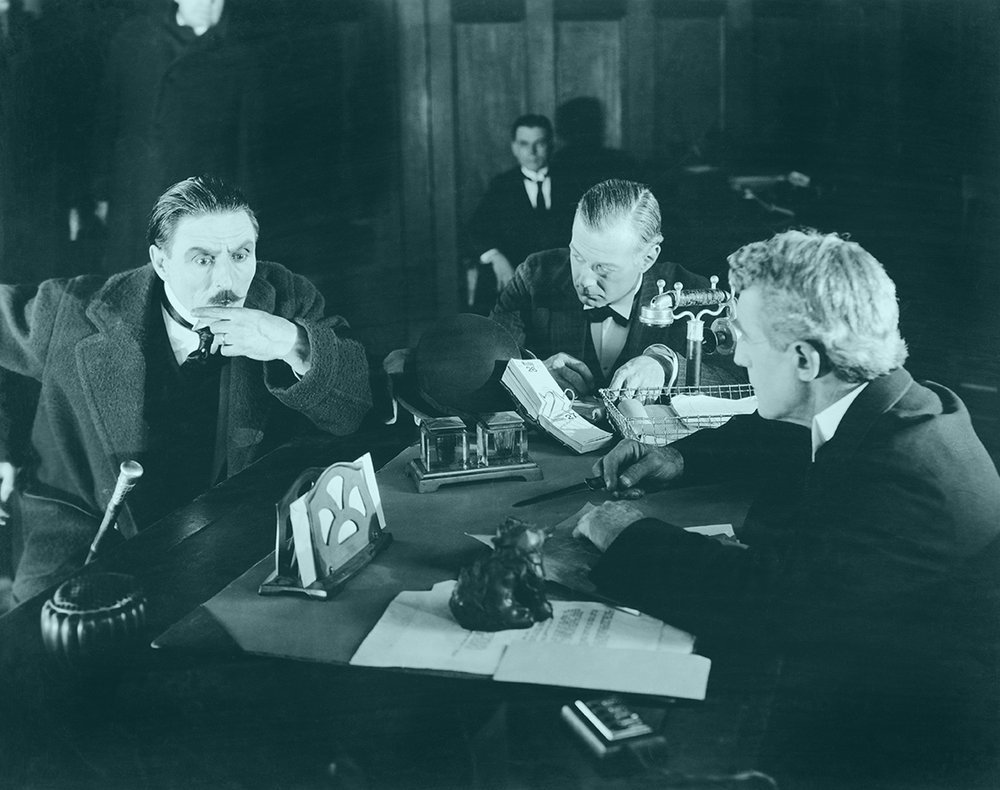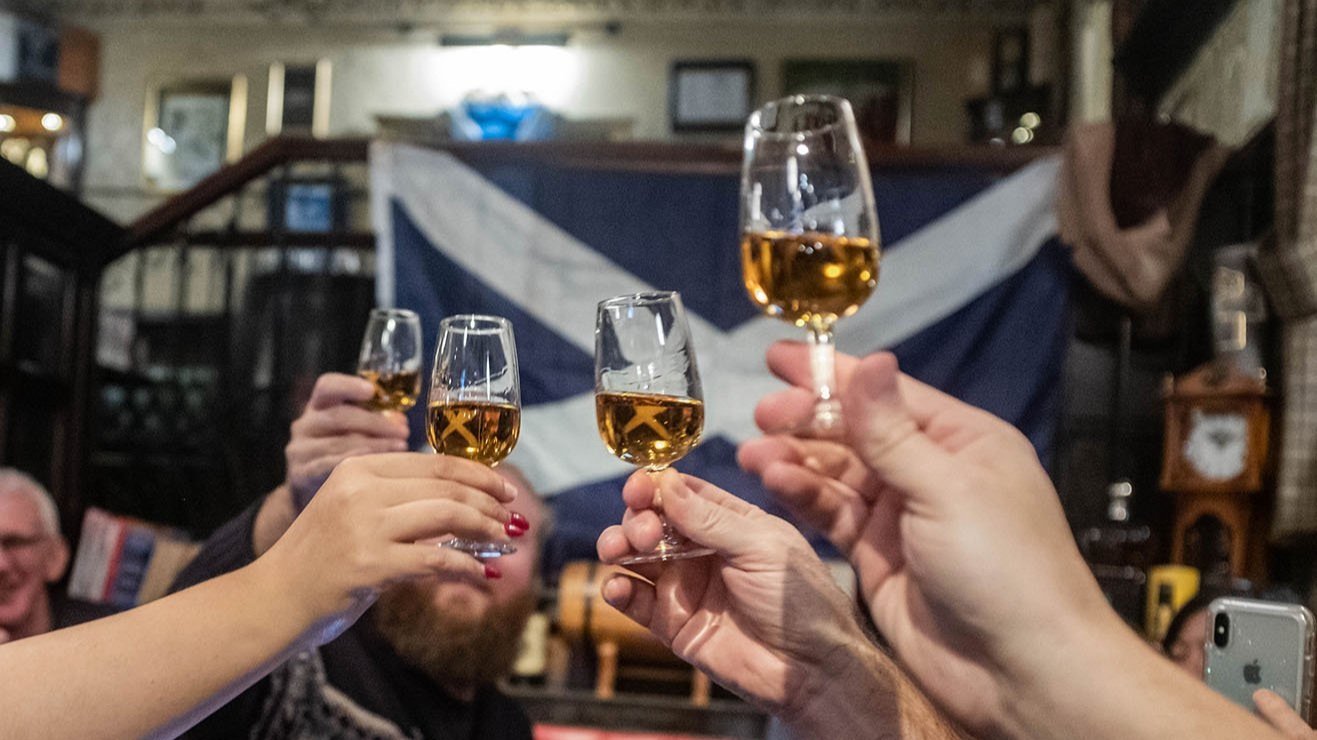Blends, huh
Good fortune or bad luck?
An occasional trip into the world of blends
A typical response from a single malt enthusiast. In these heady times, you could be forgiven for thinking whisky is all about single malts and the status of being seen with certain candidates. This pursuit of the single malt dream comes at a financial cost, but also to the detriment of lesser-known distilleries and almost certainly blended whiskies.
Blends, huh.
Bottom line is that without blends we wouldn’t have the wide assortment of distilleries today. Sure, a few closed at the turn of the 19th century, then into the 1920s a few more disappeared. The wars picked off a few stragglers; never to open their doors again. Let’s not forget the Great Depression and the folly of Prohibition in the US, or the overlooked Temperance movement in the UK. Even D.C.L. did their best to sever the lifeblood of many a local community by closing down more distilleries in the early 1980s. They’ve even started reviving some of the fallen, acting as saviours!
Despite these culls, the remaining distilleries continued to exist thanks to the presence and continued popularity of blends. A select handful might have managed to get by on their single malt presence yet this is not guaranteed as Dalmore, Glenfarclas, Macallan and others still fill blending requirements to this day. They just don’t like to talk about it. And they have to supply as if the bottom falls out of the single malt market, these epic warehouses and biblical production figures will turn to blends promptly to become their saviour.
If you’re in the presence of my company one evening - which is very unlikely - so please humour me. More chances than not, we’ll be drinking blends. Not because I don’t trust you to appreciate and enjoy some of my single malts, as that’s another example of single malt snobbery. The truth in my experience is that blends are more suited to the environment of discussion and collective enjoyment. At times they can be more complex and exhilarating. Others, more suited to being the virtual bridge much like the Forth Rail Bridge that links one divide to another. A good blend is an ultimate conduit for social enjoyment. The proof is underlined by the biggest selling Scotch whisky brands; a chart that is dominated by blends as much as the musical equivalent come the release of an Adele triple album. Jeez, that’s quite a thought and listen.
While single malts are being priced out of the reach of many, whether it’s today’s versions of their historical forebearers. Blends remain relatively affordable. That’s always been a key dynamic in their universal appeal and accessibility. Prices are certainly rising in some cases and there is a tremendous downward industry pressure to maintain price points and profit margins. All of which comes at the cost of the whisky itself. A higher grain content. Even younger grains. Barely three year old malt. Cheaper casks. In simple layman’s terms, a drop in quality. This is the way of modern business and in the thoughts of every master blender.
So, more often than not. If you’re at my table, we’ll be drinking an old blend. By this, I don’t mean a 30 year old extravaganza; only my sister gets such pours. Rather, something bottled in the 50s, 60s, 70s or 80s. The period when there was more inventory and the ability to create to showcase your talents, as opposed to maximising profits. Blenders took great pride in their creations and the reputation of many now-famous blending brands was built upon quality. It’s hard to believe when faced with a Bell’s of today that it used to be a very drinkable and enjoyable experience. But you can appreciate this by picking up older versions on the secondary market or rummaging in the back of grandma’s or grandad’s liquor cabinet. There are no guarantees in blends. Some lesser-known names vanished for a reason, while others can be delightful nuggets to unearth.
Recently, I purchased a quartet of old blended miniatures from the 1970s at auction. There was one that I wanted for an ongoing project, which left a trio to be explored. These could be seen as the scraps off the table, the liquid leftovers that I am now trying to hype up for you. Dismissing unknown brands from the past, blends in general or the format of miniatures are easy behaviours to develop. Peer pressure is real in whisky, as is a flock mentality, but the best approach is to let the liquid do the talking.
Still, I felt it would be fun to dip into these, briefly exploring each brand and putting their legacy into context. Before we pour, it’s worth mentioning that the price of this set of miniatures was just £2 before auction fees or 50p per bottle in simple terms. This could raise questions about minimum alcohol pricing as in Scotland this wouldn’t be possible. We’ll debate if the money was well spent in the conclusions. After all, what does £2 buys us these days?
Blends are still a murky world, full of unknowns, defunct brands and companies that have vanished into history, or been swallowed up by larger predators. Even to the most expert of consultants, they remain an area of intrigue. I’ve championed The Schweppes Guide to Scotch by Philip Morrice for many years, going so far as to interview the fine gent that he is, in early 2020. Sadly, the interview is no longer available on its original platform (a tall tale for another time), but it has been saved by the Internet Archive for future reference.
To this day, it is still the book that I - and many others - refer to on a regular basis. Before you ask, I don’t have a spare copy and there is a waiting list if I do happen to stumble across one. Philip was open to republishing his work and a digital edition would be most welcome. We can only remain optimistic that it will transpire, as it should be a staple in every whisky library.
First out of the packaging, is the relatively obscure Cawdor Castle Scotch Whisky, which takes its name from a 15th-century building in Nairnshire. The label suggests superbly blended by the Glenlivet Distillers and bottled at 70 proof. A little detour on alcohol strength if I may? For the UK, prior to 1980, the proof system was the main expression of alcohol. The way to do it is to divide by 1.75 (as opposed to the straightforward 2 for US proof, nice and simple for our American friends) and this gives you 40% in today’s era.
While this brand isn’t specifically mentioned in the Schweppes Guide, the Glenlivet Distillers, formed in 1970, are. The group comprised of Glenlivet (obviously), Glen Grant, Longmorn, BenRiach and Caperdonich and was sold to Seagram’s in 1977. Blending and bottling operations took place at Newbridge, near Edinburgh. This location might suggest that the nearby presence of the North British grain distillery, would be of assistance in constructing blends such as this Cawdor Castle. Royal Brackla is also nearby to the castle itself, but its inclusion seems highly unlikely given its ownership and small-scale production.
Cawdor Castle
Is it truly superb?
Nose
The arrival is light and gentle with hints of coconut flakes and sawdust. A sprinkling of grated nutmeg but a sense of flatness. Malt loaf, faint echoes of orange, apples and dustiness.
Palate
Cardboard and more soggy cardboard. White pepper and some soapiness. Stale white bread, old wooden planks, concrete, chalk and an industrial note like poly filler.
Score: 2/10
Arguably, the most prominent blend of our trio is this King George IV Blended Scotch Whisky. Best known as because it was supported by Rosebank distillery. Both were owned by D.C.L. under the Distillers Agency Limited, which was effectively a blending subdivision within the group. Now, Rosebank is one of those aforementioned distilleries that’s being revived in our era, completed with expensive editions, hyped by influencers who don’t want to discuss price. However, for all the madness of four-figure Rosebank releases and variable fill levels – have you heard about that one? The King George is the cheapest way to experience something featuring Rosebank.
During my last visit to the distillery site (pre-revival), there was a nearby restaurant or building that formed part of the distillery, possibly for warehousing. Despite the passing of time and the erosive nature of Scottish weather, you could still make out a King George logo on the side of the building.
King George IV
Can whisky royalty save the day?
Nose
Honeyed oats mixed with an enjoyable layer of fruit, with Lowland apples and pears. It’s fresh and lively despite all this time in a miniature. Golden syrup, Cornflakes, an interesting mossy aspect followed by ginger earthiness and marmalade.
Palate
The freshness and fruitiness that continues onto the palate with apples and more syrup. Caramel, some grain but not overly so. Sugar Puffs, quite moreish with vanilla and a hint of oak.
Score: 5/10
Last up on our blended tour is the Langs Old Scotch Whisky, unsurprisingly from the brothers of the same name. This Glasgow family are able to trace back their blending and whisky operation to 1861. So, in some local areas, the brand carried weight. They were early distillers, owning the Burnfoot Distillery (previously known as Glenguin) in Dumgoyne in 1876. Today, we know it as Glengoyne and this link is mentioned on the label.
Philip mentions in his summary, that their Glasgow blending operation in Oswald Street was in the basement of the Argyll Free Church. Suggesting that spirits were plentiful in this building. By 1893, the liquid spirit took complete control of the site. The company was subsequently acquired by Robertson & Baxter in 1965 and apart from releases by Glengoyne, were known several brands including Aberfoyle and Tam O’Shanter.
We can safely presume that there will be Glengoyne is this blend and given the strong links the Robertson’s had to the North British distillery, there’s a strong possibility that part of the grain component comes from Edinburgh. Glasgow of course had its own grain distilleries such as Port Dundas and Strathclyde, so these also might be contenders. It’s fun to speculate and even better to taste the past.
Langs Scotch Whisky
Can a splash of Glengoyne break the trend?
Nose
Soft fruits, toffee and out of date popcorn. This is light and floral with some hints of wood via pencil shavings, but a very neutral and forgettable nose.
Palate
Definitely more grain focused and neutrality that would make Switzerland proud. Cardboard once again, but somewhat restrained with a sugariness, green apples, honey and dunnage aspect to the experience. Instantly forgettable and far from a good blend.
Score: 3/10
Last Dregs
Both the fill levels and seals were intact for the Cawdor and Lang. The former is particularly bad, the nose offering some glimmers of life that are completely smothered by a brutal and unforgiving cluster of flavours. The brand it seems died a death for a very good reason. At least the blue shield on the bottle looks good and that’s about it for positivity.
The Lang is slightly better, although such a feat isn’t difficult to achieve. It is more grain-led and at times fairly neutral. A good example of a small scale, local blend that must have been popular on the basis of price and availability than for any other reason. Thankfully, we have some redemption with the King George IV worthy of our £2 outlay. Youthful and lacking complexity, it remains very approachable and enjoys a good malt ratio.
Blends of the past, as well as brands, remain a minefield. Not everything was great and only by exploring do you find those gems that’ll keep you company during the evenings. For £2 I’ve had an evening of entertainment and information. A one-out of three-strike rate is acceptable and we’ve taken the hit (not financially) to warn you about two blends you might want to skip. Blends, huh? All part of the fun. DM
Buy me a dram or support Dramface
Dramface is fiercely independent, community-focused and community funded, if you like what we do you can support us by becoming a Dramface member.
However, if you’ve found a particular article valuable, you also have the option to make a direct donation to the writer, here: buy me a dram - Every little helps! Thank you.
For more on Dramface and our funding read our about page here.
You’re beautiful, you know that?















